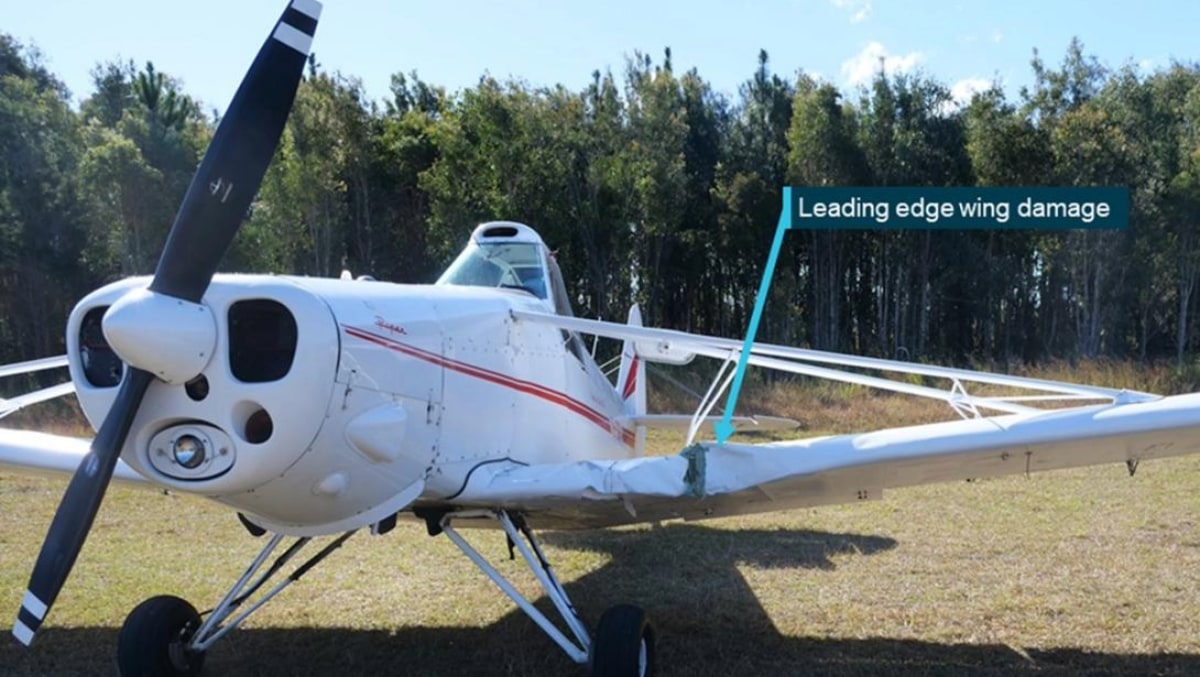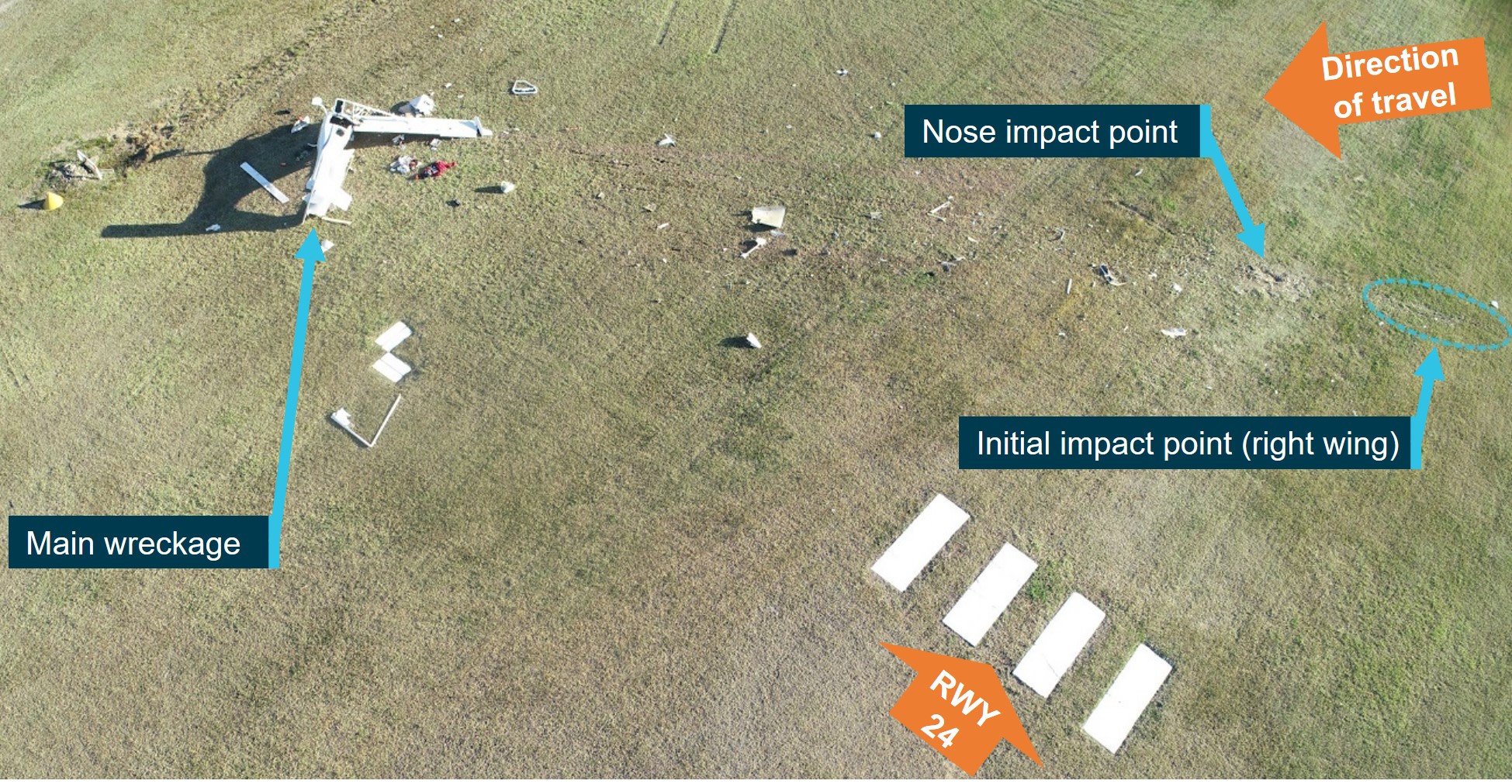
The ATSB has published its preliminary report into July’s fatal mid-air collision between a Jabiru J430 and a Piper Pawnee.
The report makes no findings about the crash at Caboolture Airfield in Queensland on 28 July but establishes the sequence of events that led to the accident, which killed the Jabiru’s pilot David Maddern and his wife Jan Maddern.
Investigators found that a Cessna 172 taxied across runway 06 at Caboolture, which is not a CASA-certified airfield and is located in class G non-controlled airspace, ahead of the Piper just before it was to touch down.
“The pilot of the Piper initiated a go-around, broadcasting their intention to do so, according to witnesses,” the ATSB says.
“As the Piper began climbing while maintaining the runway 06 heading, the Jabiru lifted off from the intersecting runway 11. About 5–10 seconds later, while both aircraft were climbing on crossing tracks, the pilot of the Jabiru commenced a left turn, likely in an attempt to avoid a collision.
“The two aircraft collided above runway 06, just north-east of the intersection with runway 11, at a height of about 200–300 feet. The Piper PA-25 remained flyable and landed soon afterwards, while the Jabiru J430 collided with the ground near the end of runway 06. Both occupants of the Jabiru aircraft were fatally injured.”

ATSB chief commissioner Angus Mitchell said investigators had drawn on eyewitness accounts, CCTV footage, recorded radio calls and an examination of the site to build an understanding of what happened.
“I would caution against making any assumptions as to the contributing factors to this accident, and I would note that aviation systems have multiple layers of defence in place to prevent accidents,” he said.
“Not all radio calls at Caboolture were recorded and our analysis of witnesses recollections of radio calls is continuing, so we are still building our understanding of the nature of the calls made, and giving consideration to a range of other potential factors.”
As part of its investigation, the ATSB will analyse flight paths, in particular visibility issues; aircraft, pilot, aerodrome and operator documentation; procedures at non-controlled airfields with intersecting runways; and items recovered from the crash site including two recorders from the Jabiru.
The ATSB will release a final report once its investigation concludes.
“However, should a critical safety issue be identified during the course of the investigation, the ATSB will immediately notify relevant parties so appropriate and timely safety action can be taken,” said Mitchell.















